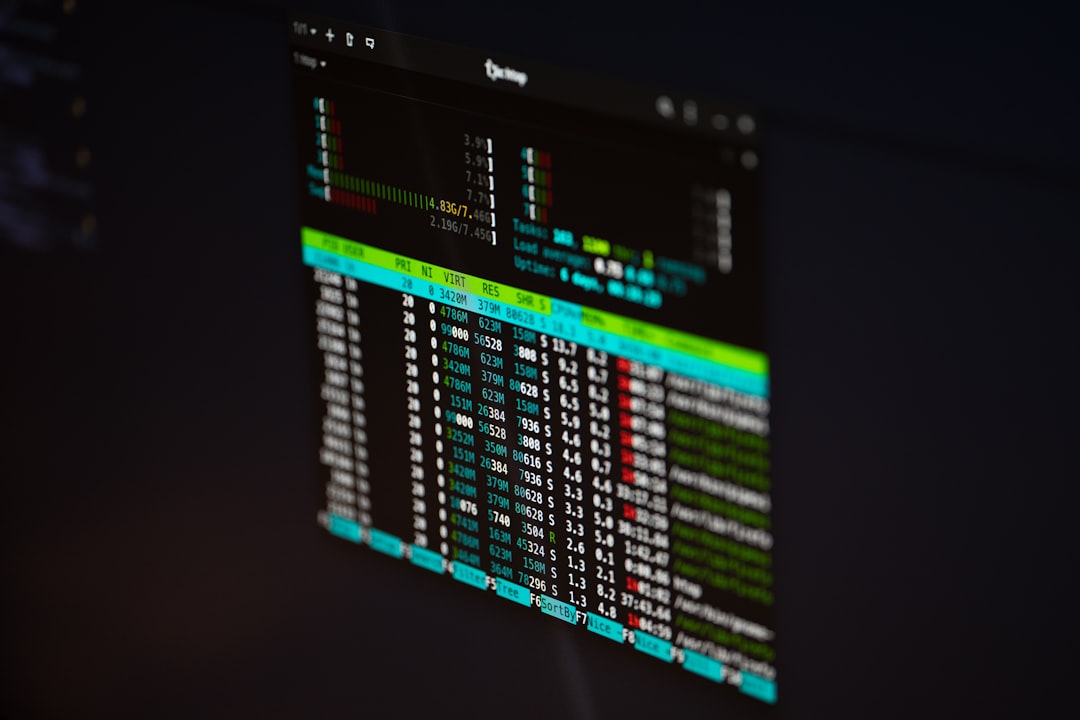The Gemini CLI (Command Line Interface) is a powerful tool for interfacing with Gemini’s various services, especially for developers, data scientists, and automation engineers. Whether you’re performing batch executions, running scripts, or interacting with datasets, organizing your workspace becomes critical. One common requirement is to change the working directory of the Gemini CLI — something that can help you better manage resources and maintain tidy project structures.
TL;DR (Too Long, Didn’t Read)
Changing the working directory in Gemini CLI can be done either temporarily or permanently by using environment variables, configuration files, or custom scripts. Start by identifying your current directory, then update it using cd commands or by modifying configuration settings. Knowing where and how your CLI stores data ensures smoother workflows, especially when dealing with multiple projects. Follow this step-by-step guide to change the Gemini CLI directory with ease.
Why Change the Gemini CLI Directory?
Before diving into the steps, it’s helpful to understand why you’d want to change the default directory. Here are some common reasons:
- Project Isolation: Keep different projects in separate directories to avoid clutter and confusion.
- Shared Environments: Teams may work from a shared network drive or specific repository location.
- Storage Management: Redirect output to a disk with more storage space.
- Automation Pipelines: Point the CLI to predefined directories within a CI/CD pipeline.
Step-by-Step: Changing the CLI Directory
There are several ways you can change the directory used by the Gemini CLI. The method you choose will depend on whether you want a temporary or persistent change.
Step 1: Check the Current Working Directory
First, open your terminal and type the following command:
pwdThis command stands for “print working directory” and will display where you currently are in the filesystem.
Step 2: Navigate to Your Desired Directory
If you’re only looking to switch directories for a single session or task, you can use the change directory (cd) command:
cd /path/to/your/new/directoryOnce you’re in the new directory, simply run any Gemini CLI command from there, and it will use the context of the current directory.

Step 3: Confirm Directory Change
To confirm that you’ve moved successfully, type pwd again. This ensures that subsequent commands are executed in the correct location.
Step 4: Modify Environment Variables (Optional)
If you want to make this change more permanent, one efficient way is to alter your shell’s profile file to permanently set the working directory upon launching your terminal.
For example, in Bash, open the file with:
nano ~/.bashrcOr, if you’re using zsh:
nano ~/.zshrcThen, add this line at the bottom:
cd /path/to/your/new/directorySave and exit the file and reload with:
source ~/.bashrcThis will ensure every new terminal session begins in the correct directory, affecting where the Gemini CLI operates from.
Step 5: Use CLI Configuration (If Supported)
Some CLI tools, including Gemini depending on your version, allow specifying a default directory through a configuration file such as config.yaml or .gemini file in your home directory. If Gemini CLI provides this, you may set a default path like so:
default_directory: /path/to/your/gemini/projects
Refer to Gemini’s CLI documentation to confirm the structure and availability of such settings.
Pro Tips for Directory Management
Now that you’ve successfully changed your CLI directory, here are a few best practices to maximize your efficiency:
- Use Aliases: Create an alias in your shell to open your Gemini workspace quickly.
- Organize Files: Use subdirectories for logs, configs, scripts, and outputs.
- Automate Repetition: Use startup scripts to configure the environment and directory every time.
- Backups: Store CLI output in a directory that is regularly backed up or synced with cloud storage.
Advanced Configuration Tips
If you’re working on multiple projects or environments, you’ll likely benefit from maintaining separate configuration files per directory. The Gemini CLI may support environment flags or allow for config injection, which can look something like this:
gemini --config /path/to/custom/config.yaml runThis approach can be beneficial if you run scripts or processes that behave differently depending on the project you’re working on.
Using Scripts for Directory Automation
If you’re managing multiple projects or servers, consider writing a simple shell script to automate switching directories and initializing the CLI. Here’s an example:
#!/bin/bash
echo "Switching to Gemini project directory..."
cd /path/to/your/gemini/project || exit
gemini init
Make the script executable with:
chmod +x gemini_start.shNow you can run ./gemini_start.sh anytime to instantly switch context.

Common Issues and Troubleshooting
Sometimes, even a simple directory change can throw errors or unexpected behavior. Here’s how to troubleshoot common issues:
- Error: Permission Denied — Make sure your user has read/write access to the new directory.
- Error: Command Not Found — Check that the Gemini CLI path is correctly exported in your environment variables.
- File Not Found — Ensure that scripts or configuration files are present in the new directory.
- Incorrect Directory on Startup — Confirm that your .bashrc or equivalent shell profile points to the intended folder.
Use Logs to Debug
Many CLI tools, including Gemini, offer the --verbose or --debug flag. Use this when executing commands to get detailed output that can help identify what’s wrong when switching directories:
gemini run --verboseConclusion
Changing the directory for Gemini CLI is more than just a logistical move — it’s a strategic one that can enhance productivity, prevent errors, and streamline workflows. Whether you’re adapting the CLI for personal projects, team autonomy, or large-scale automation, learning how to control its root directory is an invaluable skill.
By following the steps above, you’ll not only keep your work organized but also prepare your environment to handle more complex and robust operations in the future. Dive into your Gemini CLI configuration today and take full control of your workspace!


